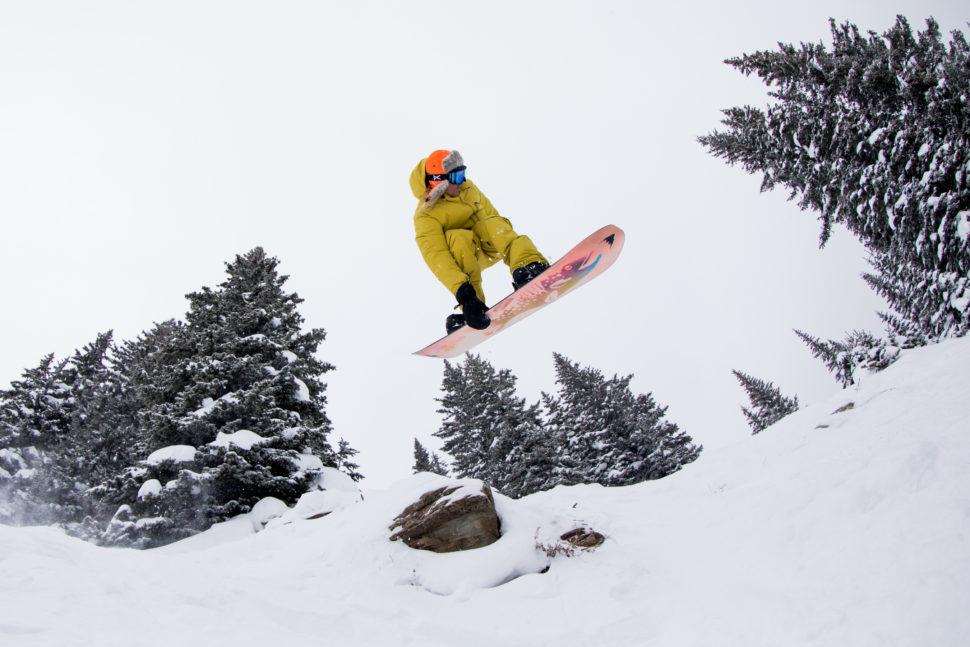
The way I’ve heard some skiers and snowboarders tell it, though, getting down the mountain is the easy part. There’s a lot of work to be done before you’re even ready for launch, and woe betide you if you’re a bit slower and/or clumsier at getting your equipment strapped on than the rest of the people in your group. Snowboarders, in particular, tend to get dirty looks as they bend or even sit down in the snow to buckle their boots securely to their boards while the skiers in their group wait, having quickly snapped on their own skis.
The day may soon come, though, when snowboarders can simply step onto their boards and have them snap tightly onto their boots with the same mechanism that their skier friends enjoy. It sounds like an obvious solution, but the industry has struggled for years to develop snap-on snowboard bindings that don’t negatively affect performance. Burton Snowboards will be releasing their new Step-On binding next fall, priced at between $250 and $400 and said to finally meet the goal of saving time without sacrificing performance.
Developing the product was no short-term task; the company has been researching and working on it for more than four years. It may have been even longer than that, however, if Burton hadn’t relied on 3D printing to prototype the designs. The company has several 3D printers that they’ve been using for research and development and prototyping for a few years, and that have been responsible for the creation of some of Burton’s other successful recent products.
If the bindings live up to expectations, life could get a lot easier for snowboarders, who will no longer have to fumble with straps and buckles, getting their hands wet and holding up others – they can just hop on and go. Chris Cunningham, Burton’s vice president of product, estimates that the Step-On bindings could save riders 30 seconds per run, which may not sound like much until you add it up to realize that those 30 seconds could translate into hundreds of additional trips down the mountain over the course of several years.
For a dedicated snowboarder, that’s a huge difference – and one that could make the winter just a bit more satisfying for those who choose to embrace it rather than hiding from it. You can check out the new bindings in action in the video from Snowboarder Magazine below:
Discuss in the Burton Snowboards forum at 3DPB.com.
[Source: Associated Press / Images: Gabe L’Heureux, Burton Snowboards]